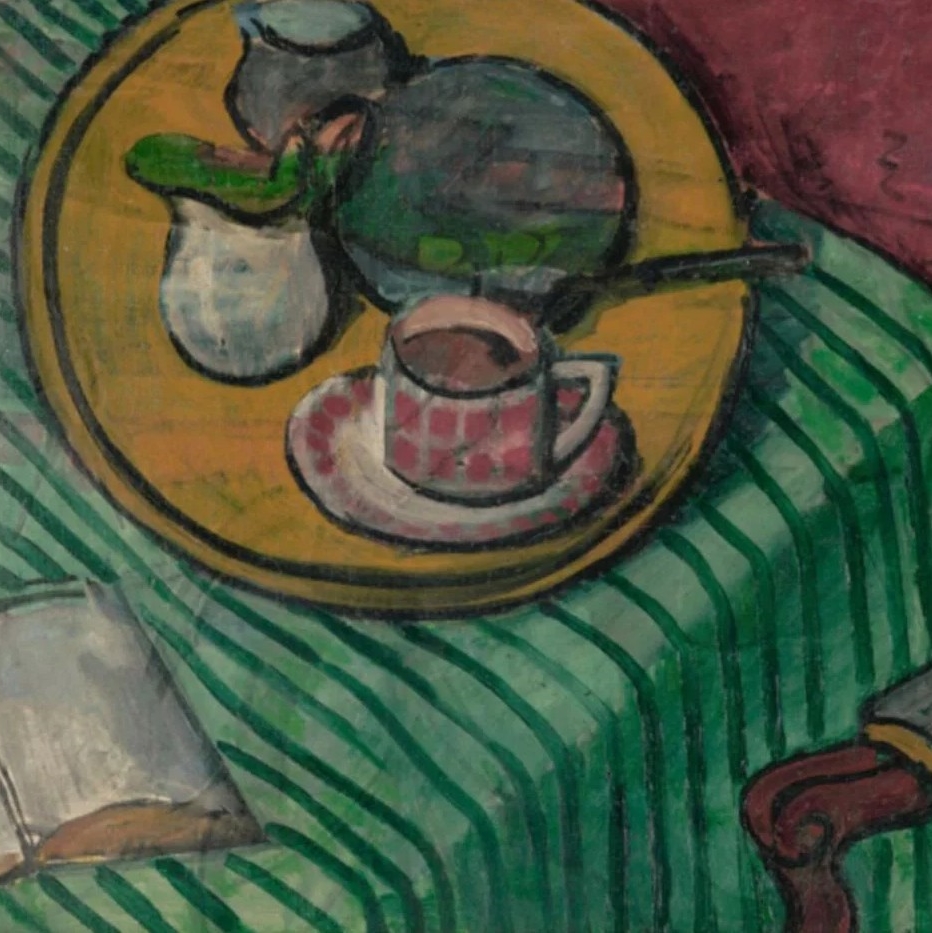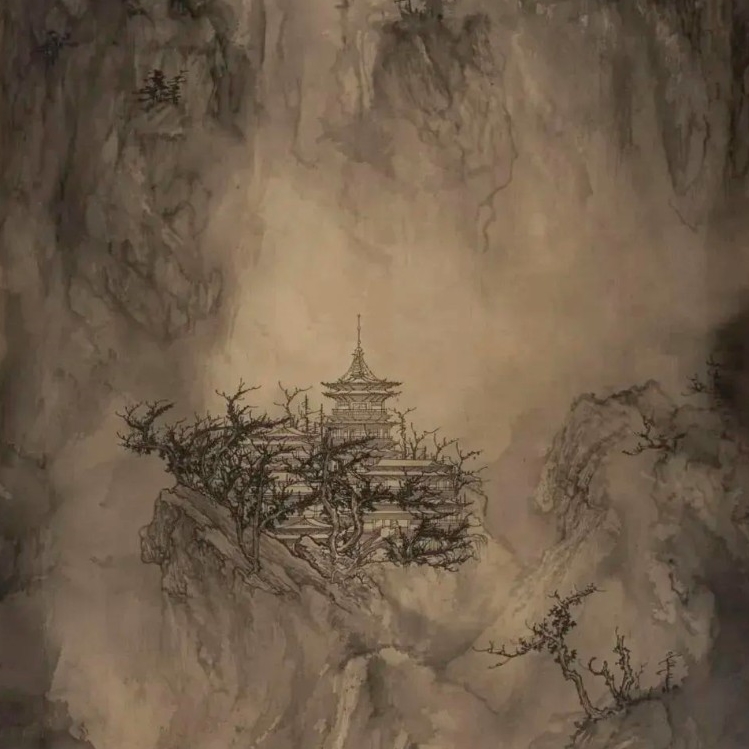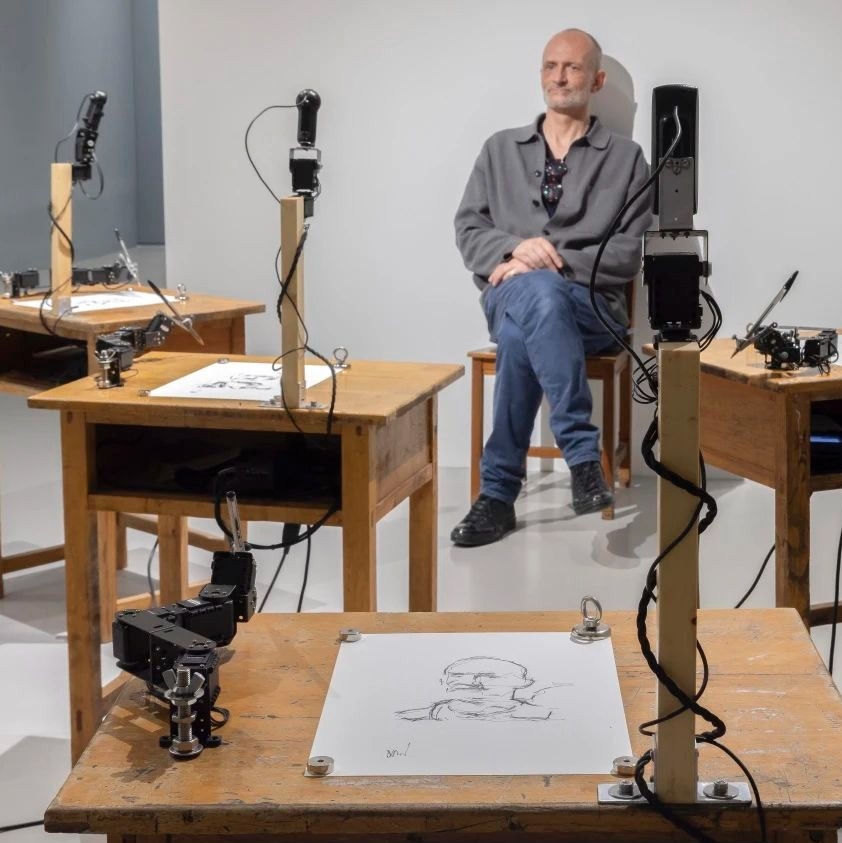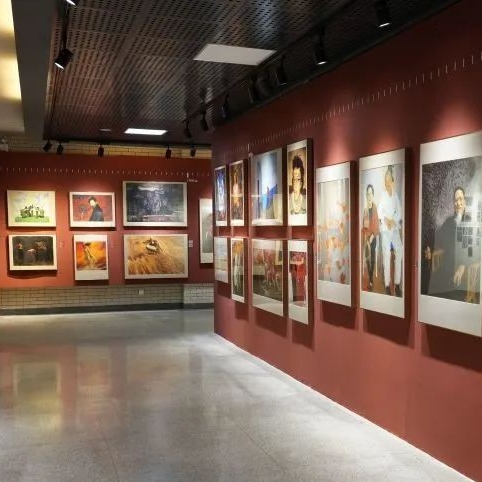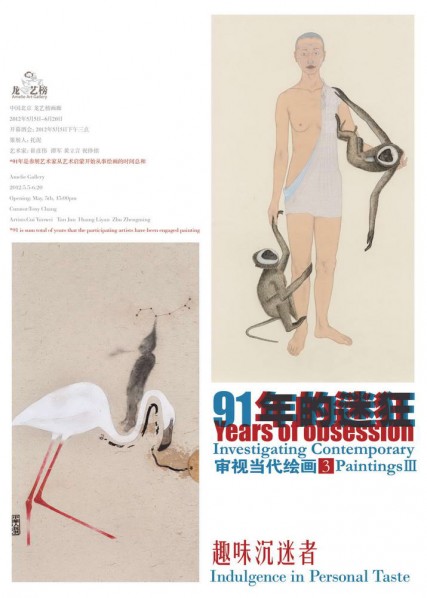 The "91 Years" denotes the total amount of years all of the participating artists have been engaged in painting.
The "91 Years" denotes the total amount of years all of the participating artists have been engaged in painting.
The individual aesthetic “tastes” of the artist are the most fundamental personalizing element in artistic creation, the thrust behind the pursuit of spirituality in painting. Painting in China has passed the phase of studying the techniques and styles of the Western masters, and the waves of passion for isms and schools have begun to recede. Meanwhile, currents are beginning to flow towards the placement of conceptuality over technique in painting. The artists of this exhibition, Cui Yanwei, Tan Jun, Huang Liyan and Zhu Zhengming are staunch in their faith that “Painting is an extreme sport, a difficult ascent with no end (Tan Jun’s words).” Their works do not wallow in conceptual gimmicks or the painterly tricks of ink and brush but directly paint doubts about the self and the essence of humanity. Their independent stylized creations express unique individual tastes, weaving a secretive atmosphere with the traditions of ancient Chinese painting, calling to mind the highly individual literati painters of old, such as the dignified and understated Ni Yunlin, the outlandish yet elegant Chen Laolian or the aloof and solitary Bada Shanren.
Immanuel Kant once researched the intricate relationship between aesthetics and taste, concluding that taste is both personal and beyond reasoning, and that there is no universally applicable standard for taste. In the realm of oriental art, “taste” is similar to the concept of “pin” emphasized by ancient calligraphers and painters, as in the four classes of “pin” or taste emphasized by Zhu Jingxuan in Famous Paintings of the Tang Dynasty: the “shen,” or spiritual aspect, “miao,” or inspiration, “neng,” or capabilities, and “yi,” or the reclusive spirit, all attributes connected to the level of painting or the artist’s inclinations. For painting, “taste” is the fusion of multiple visual elements, expressed in the brushwork, colors, materials, texture, composition and form, and connected to the artist’s life experiences and cultural accumulation. On the other hand, taste seems to be innate, almost a destiny, abstract and difficult to put into words, existing within the artwork in a present yet invisible state, like stars shining from the bottom of a deep pond, muted yet profound.
Cui Yanwei's (b.1963) youth coincided with the period in which the Chinese art world began to recognize modernism and American art, and he expended a great effort in abstract color field painting (influenced by such artists as Mark Rothko), though the artist also had an instinctual inclination for realist painting. In his recent works, related to ancient landscape garden themes, he has diminished the sense of space, treating the stones, pagodas and bushes as abstract collage elements. The addition of exquisite and realistic female bodies fills the picture with internal tension through the interplay between loose and tense.
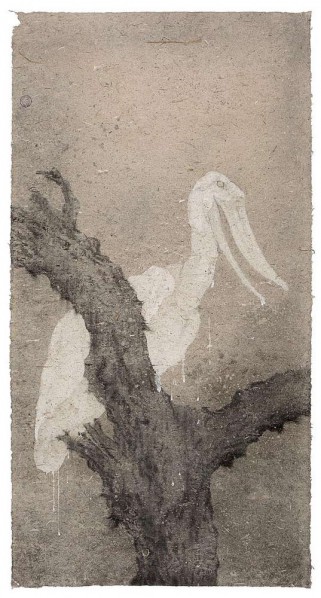
Tan Jun, Beasts of the Heart, 2011; mixed media on paper, 75.5x143.5cm
Tan Jun's (b.1973) tastes embody his pickiness towards paper. After experimenting with treated scroll paper, untreated scroll paper and partially treated scroll paper, he tried parchment, cotton, flax paper, yuanshu paper, yunlong paper, fine rice paper and cicada skins before finally finding the best material carrier for his expressions: "handmade original color long fiber wrapping paper." The natural color of the unbleached paper is needed to present a vivid, translucent air. The long fibers make the paper more durable and add a unique feel to the sheets. The paper must be water-permeable but not overly sensitive, so that there is no order to the bleeding of the ink. Tan Jun uses the supposed disadvantages of this paper as advantages. His pursuit of the primitive and crude qualities of paper has established the weighty yet vibrant spirit of his artworks, and his tastes find manifestation within the sprightly beasts, birds, forms and expressions that populate his ancient-style images.
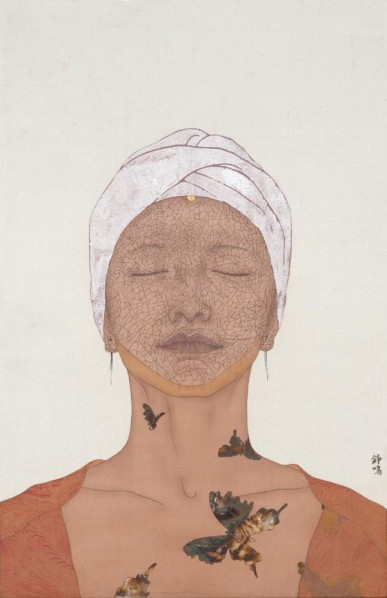
Zhu Zhengming, One Hundred Years of Solitud No.38, 2012; mixed media on silk, 33x52cm
Huang Liyan's (b.1976) inspiration and drive in painting are derived from a sense of detachment from a fabricated existence. In his art, we gain a sense of the influence of Schopenhauer and others with regards to the philosophy of suffering. Perhaps the artist willingly immerses himself in this dejection as he spins bizarre, surreal tales: fierce tigers, mosquitos, parrots and naked, sleepwalking men encountering each other in the night. The human and animal bodies are stretched and distorted, as if being pulled into a space that has been warped into the depths of the image. These scenes, however, appear not so much as symbolic allusions (like the paintings of Neo Rauch) as they are connected to the artist's tastes, marked by a spontaneous and playful spirit.
In her travels through Thailand and India, female artist Zhu Zhengming (b.1979) found objects that correspond with her tastes: the Buddhist monks who calmly stride through the everyday clamor of life in Thailand, androgynous bodies, meditative faces, the marks and fissures of porcelain, lace, animal skin and the patterned wings of butterflies are all calmly laid to paper with her delicate, meticulous palace painting method. Under an intangible magic shroud, these images tug at the heartstrings, evoking familiarity, estrangement and distracted astonishment.
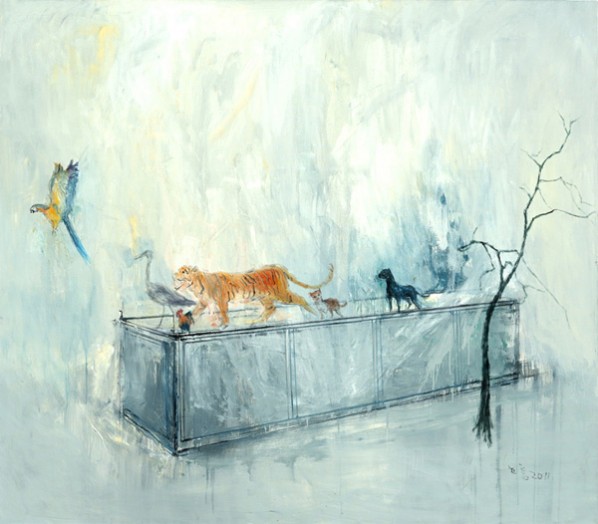
Huang Liyan's Work
In his later years in southern China, Song dynasty painter Li Tang began to feel left behind, and penned a self-deprecatory line of poetry: "If I had known before that it wouldn't catch the eyes of the times, I would have bought more red to paint peonies." Taste is the artist's line of defense against vulgar appeal and monotonous styles. Sincere artists are faithful to their own instincts, allowing us a diversified artistic landscape, rather than one dominated by realist depictions of beautiful maidens. Lopsided taste, however, is a double-edged sword; it is an indispensable wellspring of singularity in artworks, but it can also entrap the artist, blinding him to new possibilities. "Forgetting what is good" is the precondition for innovation and revolution. As to how the artists in this exhibition conquer and control their "tastes",immersing in them while maintaining self-awareness and clarity as they continue on their artistic adventures, is something for which we can only wait and see.
About the Exhibition
Duration: 2012.5.5-6.20
Venue: Amelie Gallery, Beijing, China
Opening: May, 5th, 15:00pm
Artists: Cui Yanwei, Tan Jun, Huang Liyan, Zhu Zhengming
Curator: Tony Chang
Courtesy of the artists and Amelie Gallery, for further information please visit www.longyibang.com.


